NFTs
What are NFTs and how do they work? | Video
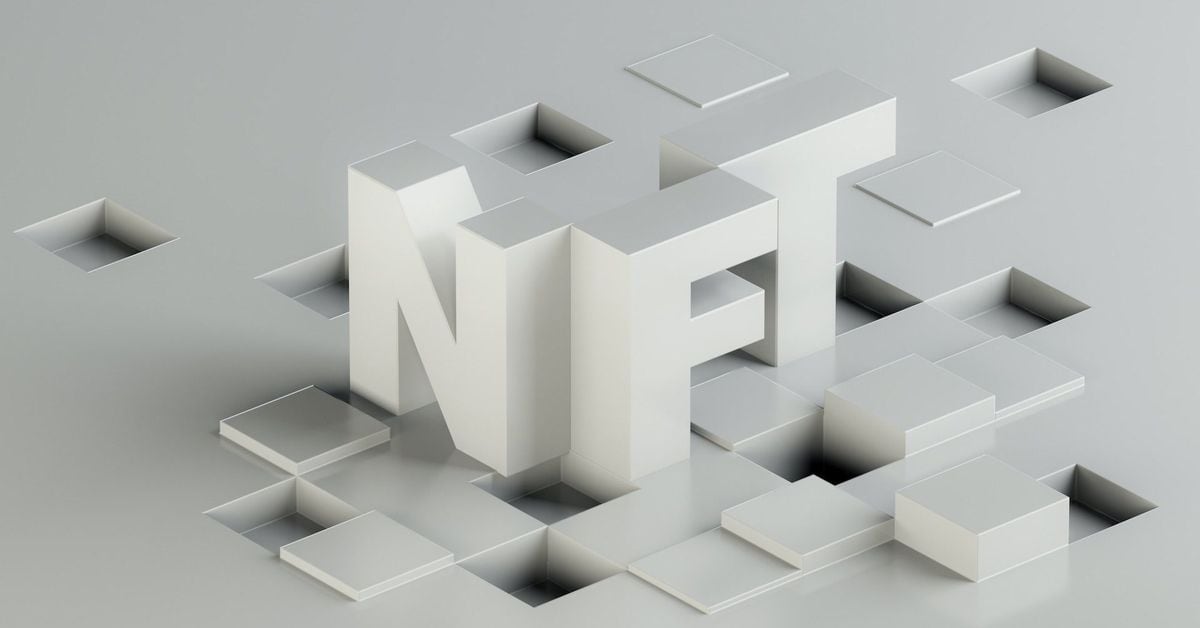
The time has come for an open forum in this segment, we take your questions from social media about any specific topic that we publish around the world and find answers for you. Remember, there are no dumb questions here. So if you have any questions and want us to find an answer for you, send me ad M on X and we will try to select you for that segment. We want to thank Drear blockchain and research analyst Sarah Galis for helping us answer these questions. Let’s get straight to the point. All questions in today’s segment are about NFTS. The first comes from walking on clouds. They said I want to know more about how NFTS is applied to real-world assets rather than pixel images riding in the clouds. NFTS has definitely become popular through various PFP collections. But there are many other complicated use cases for NFTS that people are exploring right now. You hear us do interviews about them on the show all the time. Sarah told us that the applications of NFTS to real-world assets represent a shift in the way we tokenize and trade physical assets and rights. Let’s take a look at some examples to help us understand this a little more and start with physical art. OK. Artists and galleries are using NFTS to certify the authenticity and ownership of physical works of art. In these use cases. NFTS are linked to the piece and can provide details about the work’s origin, previous owners, and verify its authenticity. The same principle can be applied to any luxury or collectible item. The next use case we’ll look at here is property titles and transactions. Yes, you heard me right. Even your home can be tokenized and that is your physical home in the real world, not your digital home in the metaverse. Although this can also be tokenized. Sarah tells us that when properties are tokenized, it can help simplify the process of buying, selling and transferring property titles. The method also promises to reduce fraud and make real estate ownership more accessible. Now you might be wondering how could it be more affordable? Well, if a house is tokenized, you can now own part of a house or a fractional part of a property, making it more accessible to people with different incomes, music and media rights are the last use case. Let’s take a look here. Musicians and content creators can use NFTS to sell rights to their works, including songs, videos or other media. Take Rihanna, for example, if she creates an NFT that represents ownership of one of her songs, each holder of that NFT will be able to share in the profits from that song over time. And now I said this was the last example we were going to look at. But I couldn’t eliminate tokenized securities, even stock securities and other traditional financial instruments can be represented as NFTS, mixing the old world with the new, this is similar to real estate and could potentially open up new markets and make these types of assets more accessible to a wider range of investors. I hope this answered your question. Walk on clouds. Let’s now move on to our next question. Sirpa Burt asks: can data be freely transferred between different digital platforms without any restrictions or limitations? Okay, NFTS can theoretically be transferred between different platforms, but the process is not always straightforward and may depend on a few things such as compatibility between different blockchain platforms or market policies, smart contract stipulations, and technical infrastructure to support the transfer. Sarah tells us that TS are typically created and linked to a specific Blockchain. So that means a Blockchain like Ethereum or Solana. If an NFT is created there, they can sometimes be linked to that ecosystem so that the NFT is transferable. Your NFT platform must support the same Blockchain network. Now, some platforms may have their own policies or limitations that restrict NFT transfers outside of that ecosystem. Some reasons for this could be the existence of proprietary technology licensing agreements, intellectual property, or the desire to maintain control over the assets traded on your platform. And smart contracts come into play. Now, the ability to transfer an NFT may also be limited by the parameters set by the smart contract governing the NFT. A smart contract is something that resides on a Blockchain and defines the rules and parameters in which you can interact with an asset. Some NFTS may be designed with restrictions on transferability or may only be transferable when certain conditions are met. Sir. Well, I hope it helped you. I hope you understand a little better how when and if an NFT can be transferred. Let’s take a look at our next question. It’s from Barons Audrey. They asked: Can anyone explain how NFTS are created and what makes them unique and valuable compared to other digital assets? OK. Let’s analyze this. NFTS are created through a process called minting. This is where digital art or digital file is published on a Blockchain. As you remember, Blockchain is the decentralized ledger that records all transactions of cryptocurrencies and other digital assets. See how the process works. First, you select the Blockchain and ensure it supports NFTS. Some examples include Ethereum Tasos or flow next, you prepare your digital file, so you get your photo, your video, your file, maybe your digital art ready. Then you choose the NFT marketplace where you want to mint your NFT. Therefore, an example of an NFT market is open sea minting. NFT involves uploading the file, setting up the sales process. So, this means deciding whether the sale will be at a fixed price or by auction and then defining the parameters of the smart contract. So, for example, if you want to receive royalties, every time the file is traded, you can stipulate that in your smart contract during the minting process, a unique smart contract is generated that makes the NFT distinguishable and provides information such as royalties from ownership and metadata. So what sets these tokens apart from other digital assets? It’s their non-fungus. Fungi is when something can be exchanged for something exactly the same. For example, if I have a $5 bill and exchange it for your $5 bill, I will still have $5 with NFTS. They are unique or distinguishable, which makes them non-fungible. This non-fungible piece is then secured by a Blockchain that provides proof of ownership, Blockchain inputs, certifies ownership and makes it verifiable. And blockchains also provide providence, meaning the history of the NFT is permanently recorded. The last part of this question, where does NFT value come from? Sarah tells us that by unlocking tradition, the digital files that can be copied without loss of quality from the NFTS ensure that there is an original version that increases the value of the collectible value. It also comes from the fact that NFTs can confer ownership rights and other digital assets cannot include proceeds from future sales. And the NFTS market is driven by collectors who demand exclusivity and reputation. Unlike other digital assets which may be more fungible. We received so many great questions about NFTS that we couldn’t fit them into this program today. We just covered three of them. I think it’s about 10, but don’t worry, we’ll incorporate them into future open forum segments. So if your question wasn’t answered today, it will be answered. Hang in there and keep watching the show and we’ll get those answers for you. Thank you to everyone who submitted their questions and please keep them coming. Remember, there are no dumb questions here. We’re here to help you make sense of this crazy digital world we live in, one step at a time. Thanks again to our Blockchain Research Analyst, Sarah Galis, for helping us with the answers to these questions.
NFTs
https://news.google.com/./articles/CBMiKmh0dHBzOi8vd3d3LmJiYy5jb20vbmV3cy9idXNpbmVzcy02NzI5NTc4NtIBLmh0dHBzOi8vd3d3LmJiYy5jb20vbmV3cy9idXNpbmVzcy02NzI5NTc4 Ni5hbXA?hl=en-US&gl=US&ceid=US%3Aen
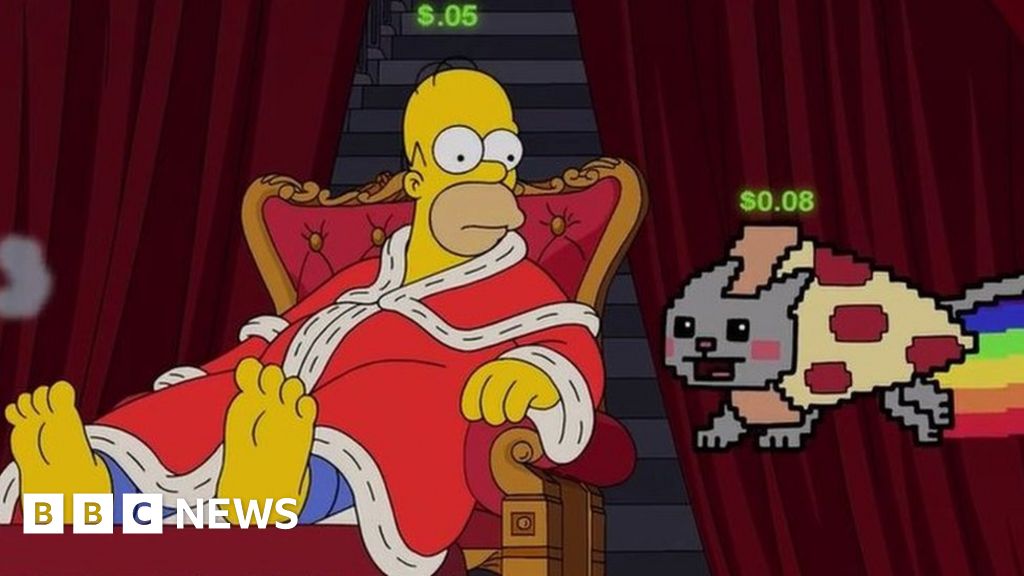
https://news.google.com/./articles/CBMiKmh0dHBzOi8vd3d3LmJiYy5jb20vbmV3cy9idXNpbmVzcy02NzI5NTc4NtIBLmh0dHBzOi8vd3d3LmJiYy5jb20vbmV3cy9idXNpbmVzcy02NzI5NTc4 Ni5hbXA?hl=en-US&gl=US&ceid=US%3Aen
Fuente
NFTs
AI-Powered Discovery Network for NFTs Launches $PULSR Token – Press Release Bitcoin News
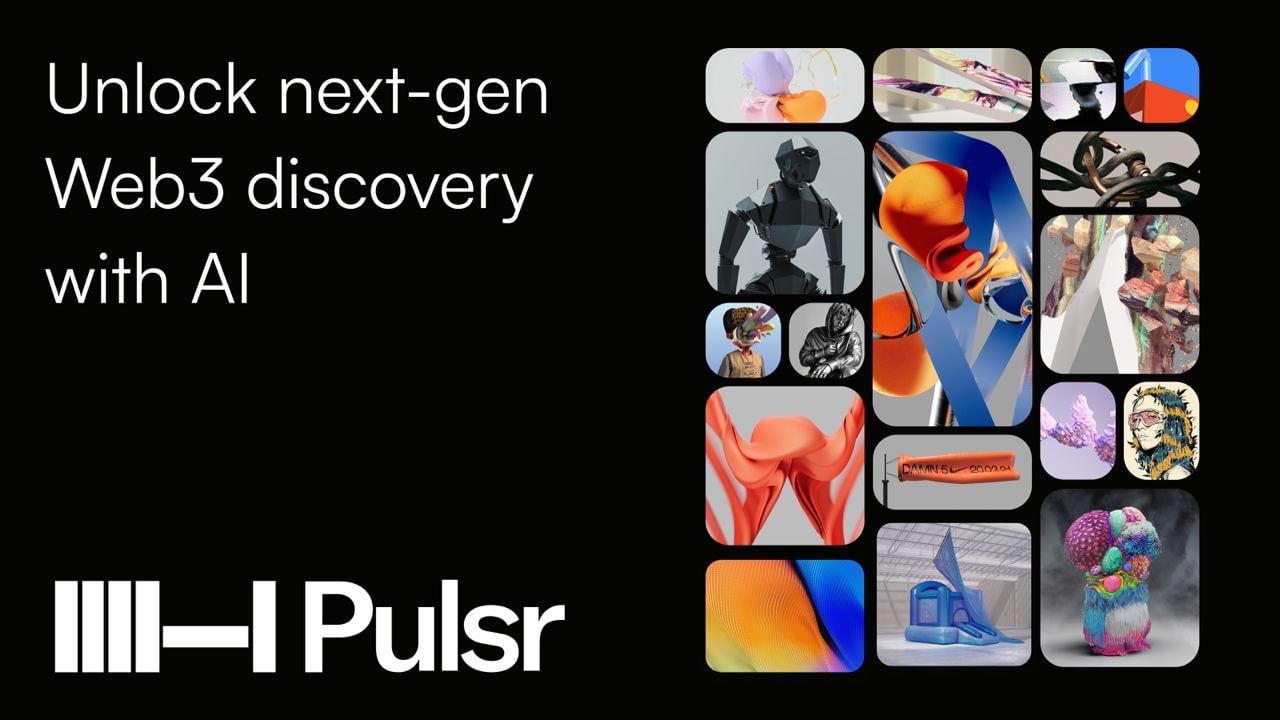
https://news.google.com/./articles/CBMiVGh0dHBzOi8vbmV3cy5iaXRjb2luLmNvbS9haS1wb3dlcmVkLWRpc2NvdmVyeS1uZXR3b3JrLWZvci1uZnRzLWxhdW5jaGVzLXB1bHNyLXRva2VuL9IBAA?hl= en -US&gl=US&ceid=US%3Aen
Fuente
NFTs
Solana Monkey Business Leads NFT Sales with $875,91K


Image: AI-generated via Midjourney
Solana Monkey Business topped CryptoSlam’s non-fungible token (NFT) sales charts on July 22 with $875,914 in total sales.
The collection had 122 unique buyers, equaling the number of sellers, and an average price of $5,308 per NFT.
This increase in daily sales boosted the SMB’s all-time sales volume to a new record of $212.48 million.
The Solana-based ape-themed collection entered the list of the top 30 NFT sellers of all time over the weekend, knocking SATS BRC-20 NFTs off the rankings.
The second best performing collection of the day was gETH Locked Deposit.
This NFT, which represents gETH locked on the Ethereum layer-2 network Arbitrum, saw a daily sales volume of $583,047 from just one transfer.
The asset was brother-in-law just moments before the transfer is made.
In third place, DMarket’s NFTs and in-game virtual items on the Mythos Network saw a total of $565,002 in sales.
The collection attracted 3,254 unique buyers and 2,848 sellers, with an average price of $24.66 per item. Active DMarket owners stood at 5,111, contributing to a total owner count of 397,931.
Outside of the top three, Ethereum’s DogeZuki Collection came in fourth place with $436,787. Bored Ape Yacht Club, another Ethereum collection, had total sales of $341,576 for fifth place.
While a Solana collection led the day’s results, the network’s total NFT sales for the day were slightly outpaced by Ethereum.
Ethereum led all blockchains in sales on Monday with $4.2 million, with Solana close behind at $4.1 million.
NFTs
ArcadeXYZ Secures $450,000 in Ringers NFTs
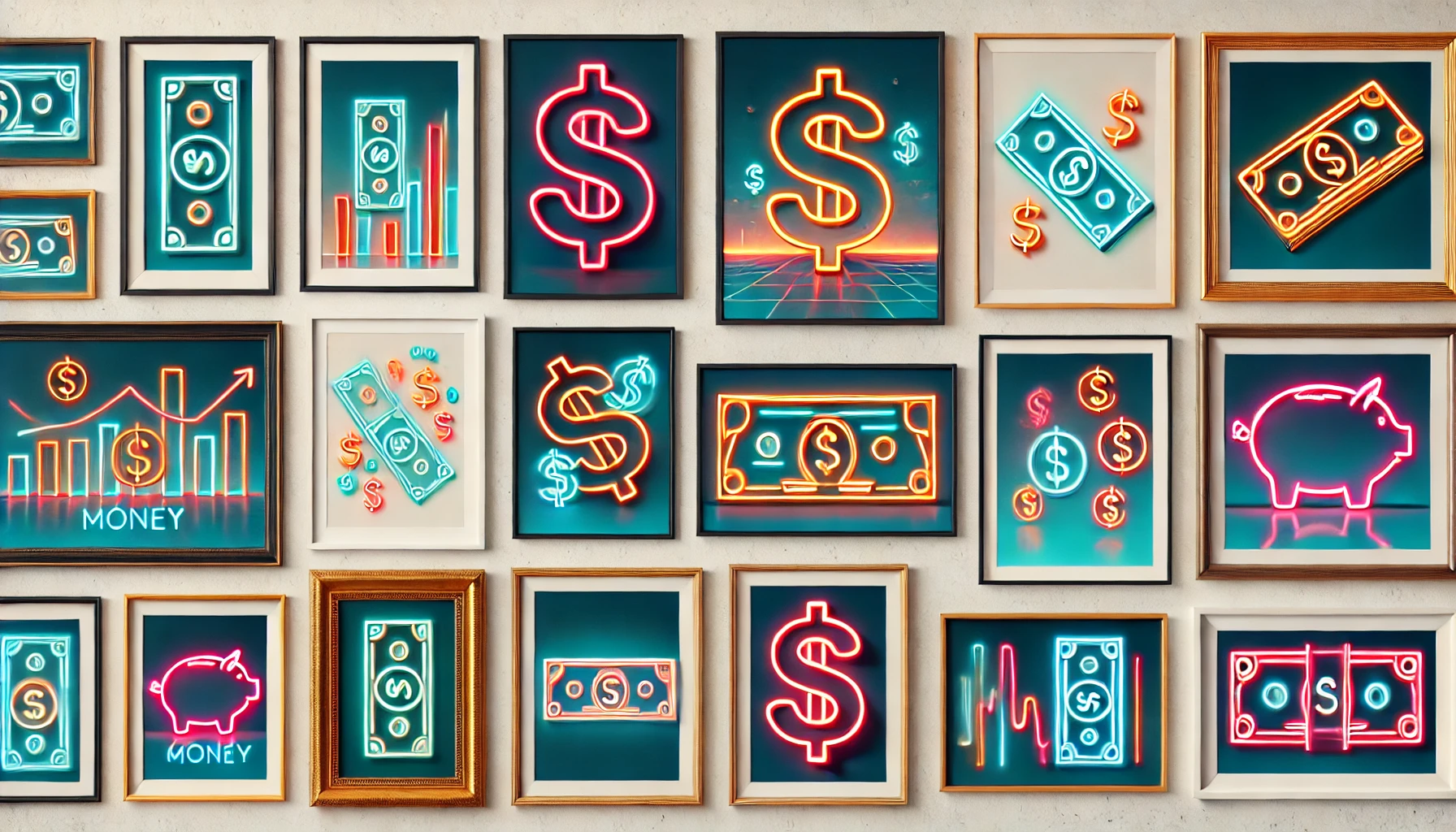
NFT lending remains strong despite the overall downward trend in prices.
Arcade.XYZ, a non-fungible token (NFT)-based lending protocol, secured $450,000 worth of NFTs from Dmitri Cherniak’s Ringers collection on July 24.
The loan is structured with a principal of $16,000 per NFT, and the current highest bid on the Ringers collection on Opensea is 8 wETH, equivalent to approximately $26,000.
The big loan comes at a time when darlings of the generative art scene like Ringers and Fidenzas continue to see their floor prices drop. Bells It is Fidenzas both have surpassed the 2021 minimum price of 100 ETH and are now at just 17 ETH and 32 ETH.
Collateralized Ringers – Arcade.xyz
Despite the slowdown in sentiment and prices around NFTs, the lending market continues to process consistent volume.
Some of the largest platforms, Blend, Gondi, NFTfi, and Arcade process over $80 million in outstanding debt combined. The NFT lending market broke volume records in Q1 2024, surpassing $2 billion in total volume.
Q1’s extraordinary lending volumes can be attributed to Blend’s Blast airdrop incentive and the rise of Ordinals loan in the Arcade.
The largest NFT loan belongs to CryptoPunk 8219 by NFT collector Gmoney, which was guaranteed for $1 million in Gondi XYZ, and holds a current principal of $700,000. A far cry from the claims made in the mainstream media that “Your NFTs are actually, finally, totally worthless.”
-
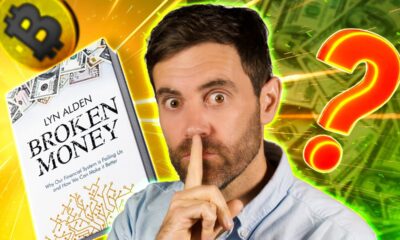
 Videos3 months ago
Videos3 months agoMoney is broke!! The truth about our financial system!
-

 News2 months ago
News2 months agoMore Crypto AI Alliances Emerge Following $7.5 Billion Token Merger — TradingView News
-
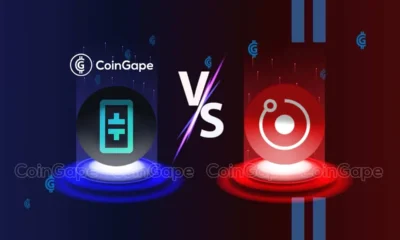
 Altcoins2 months ago
Altcoins2 months agoRender vs. Theta; Which DePIN Altcoin to buy in May
-

 Videos2 months ago
Videos2 months agoFantom: Potential FTM Price and BIG Updates – The Latest!!
-

 News2 months ago
News2 months agoOver 1 million new tokens launched since April
-
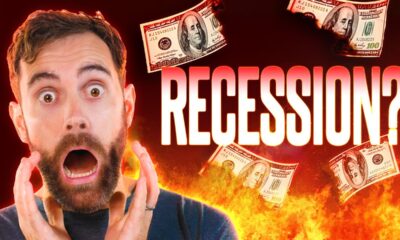
 Videos2 months ago
Videos2 months agoRecession soon?? What this means for you and your wallet!!
-

 NFTs3 months ago
NFTs3 months agoSurprisingly, Bored Apes is now laying off employees as the NFT market disintegrates
-
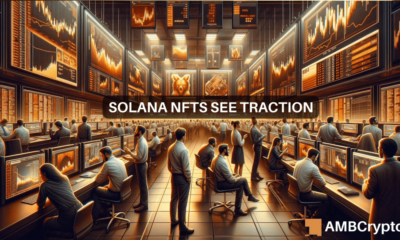
 NFTs2 months ago
NFTs2 months agoSolana NFTs jump 30% in 24 hours: what’s behind the increase?
-

 Memecoins2 months ago
Memecoins2 months agoSolana Dev hospitalized with third-degree burns while trying to pump Meme Coin
-
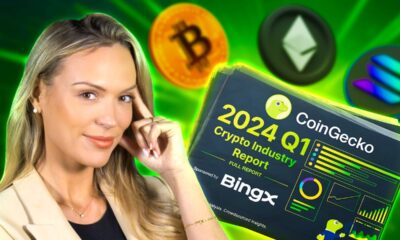
 Videos3 months ago
Videos3 months agoCryptocurrency Market Update: Where Are We NOW?! What’s next?
-
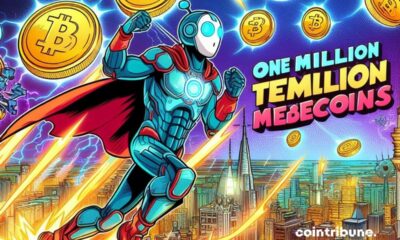
 Memecoins2 months ago
Memecoins2 months agoWhen memecoins reign supreme in the ecosystem!
-
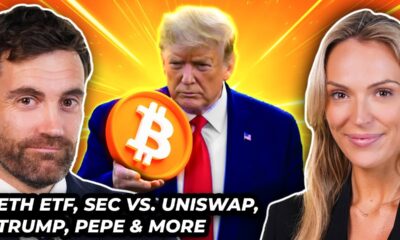
 Videos2 months ago
Videos2 months agoCrypto News: ETH ETFs, Pro-Crypto Politics, UNI, DOGE & MORE!










